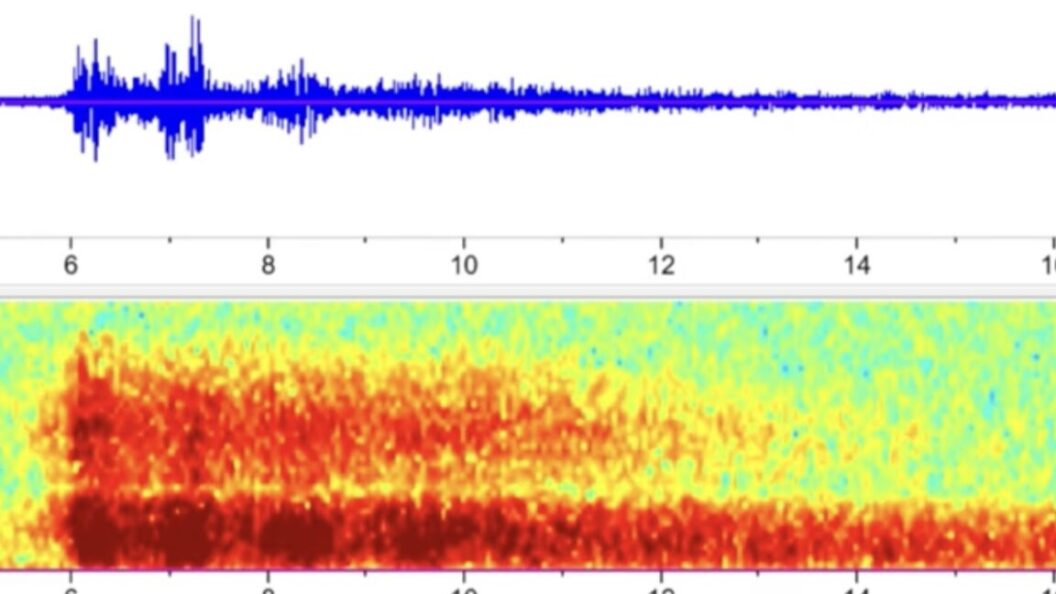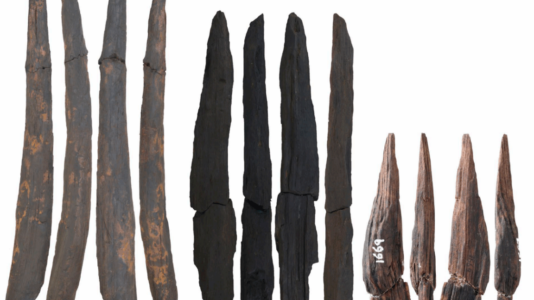Titan Submersible Implosion: Uncovering Acoustic Evidence
In June 2023, the Titan submersible tragically imploded during an expedition to the Titanic wreck, claiming the lives of all five individuals onboard. Following this incident, investigations have been underway to determine the causes of the tragedy, examining the submersible’s design and safety features. Recently, audio evidence recorded in the vicinity of the implosion has been released to the public, providing new insights into this catastrophic event.
Historical Context of Acoustic Technology
Acoustic technology has a storied history, particularly in military applications. During the Cold War era, the U.S. Navy implemented the Sound Surveillance System (SOSUS) to monitor Soviet submarine movements. This advanced system utilized underwater beamforming and triangulation techniques, enabling the detection of submarines from thousands of miles away. The mission behind SOSUS was declassified in 1991, allowing the public to understand its significance.
In contemporary research, various oceanic sound acquisition devices, such as high-tech sonic buoys and gliders, serve an array of non-military purposes. The National Oceanic and Atmospheric Administration (NOAA) employs these tools to monitor marine life, track animal migration patterns, and evaluate the environmental impact of activities like offshore wind turbine operations. Notably, NOAA’s devices also capture non-animal sounds, aiding in the study of natural phenomena such as earthquakes and human-induced noise from shipping and oil exploration.
The Recorded Anomaly
After the Titan implosion in June, NOAA’s network of devices detected an audible anomaly that coincided with the timeframe and location of the incident. This recording has since been made publicly available and has been turned over to the investigation board. The data acquired might provide key information regarding the circumstances surrounding the implosion.
Safety Concerns Surrounding the Titan
The Titan submersible’s design has faced scrutiny since the incident, particularly concerning its construction materials and operational technology. Critics have raised alarms about the use of carbon fiber—a material not traditionally used for submersibles—compared to more conventional options like titanium. Furthermore, the submersible’s reliance on wireless technology and touchscreen-based controls, including a Logitech game controller, has drawn concern regarding their reliability under extreme conditions.
Rush, an advisor to the Titan project, once stated, “At some point, safety just is pure waste.” This comment has become a focal point for critics who argue that a lack of stringent safety checks contributed to the disaster. The implications of these design choices are now under intense investigation, with lawsuits emerging from the families of the victims seeking accountability.
Public Reaction and Investigation Status
The release of the audio recording has sparked considerable interest and concern among the public and experts alike. Many people are eager to understand the implications of this information, especially given the tragedy’s high-profile nature and the ongoing investigations. As various parties investigate the incident, there remain conflicting perspectives on the appropriateness of existing safety protocols and engineering practices in deep-sea exploration.
In the backdrop of the implosion saga, the National Transportation Safety Board (NTSB) and other entities are continuing to analyze the evidence collected, emphasizing the need for greater scrutiny in deep-sea expeditions.
Conclusion: The Ongoing Impact of the Titan Incident
The Titan submersible’s implosion raises profound questions about safety standards in the growing sector of underwater tourism and exploration. As data continues to emerge, both public curiosity and concern regarding the safety of such ventures are heightened. The recordings, now available for public scrutiny, serve as a grim reminder of the potential dangers of exploring the ocean’s depths—where innovation and adventure must be carefully balanced with rigorous safety measures.
The investigation into the Titan’s implosion could lead to significant changes in industry regulations and best practices. As more information comes to light, it is clear that the oceanic exploration field will require renewed focus on engineering safety, accountability, and appropriate technology to prevent similar tragedies in the future.









